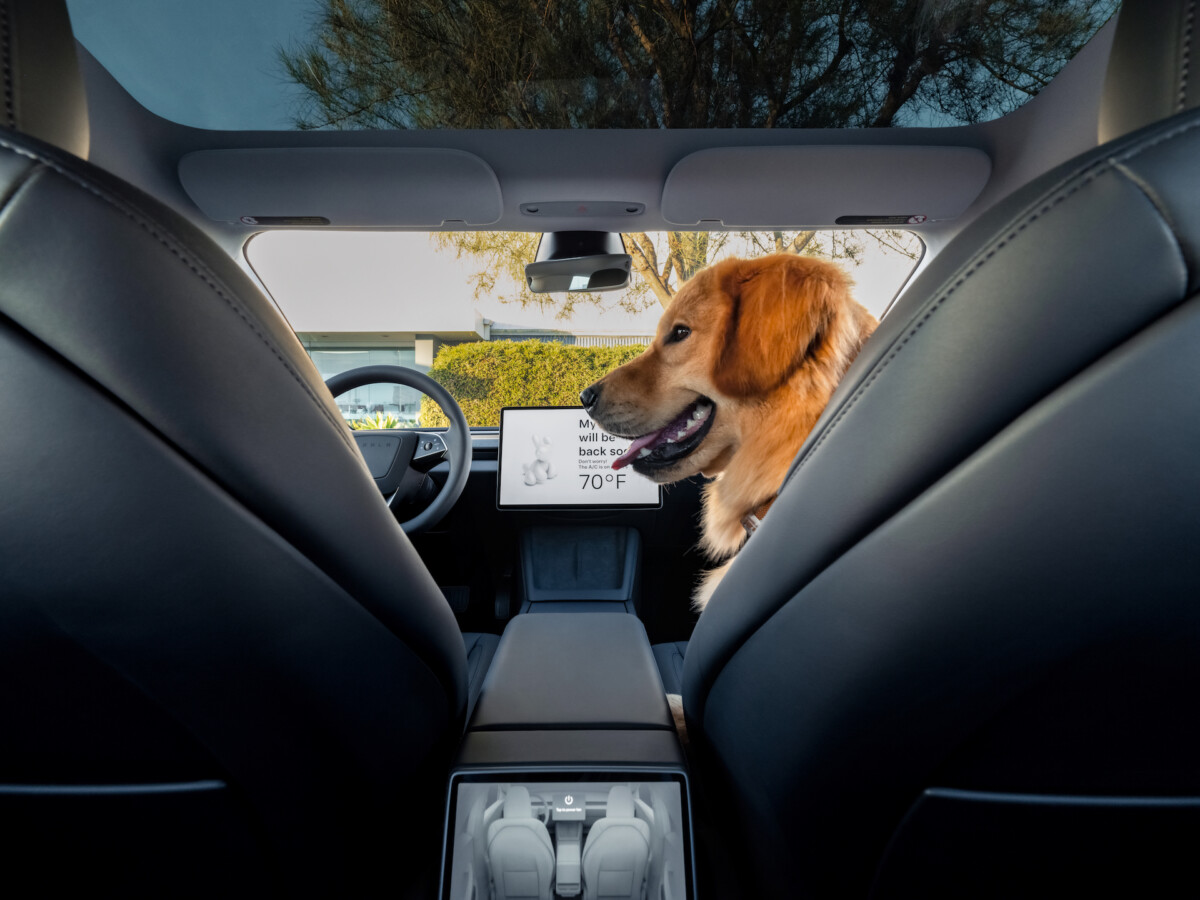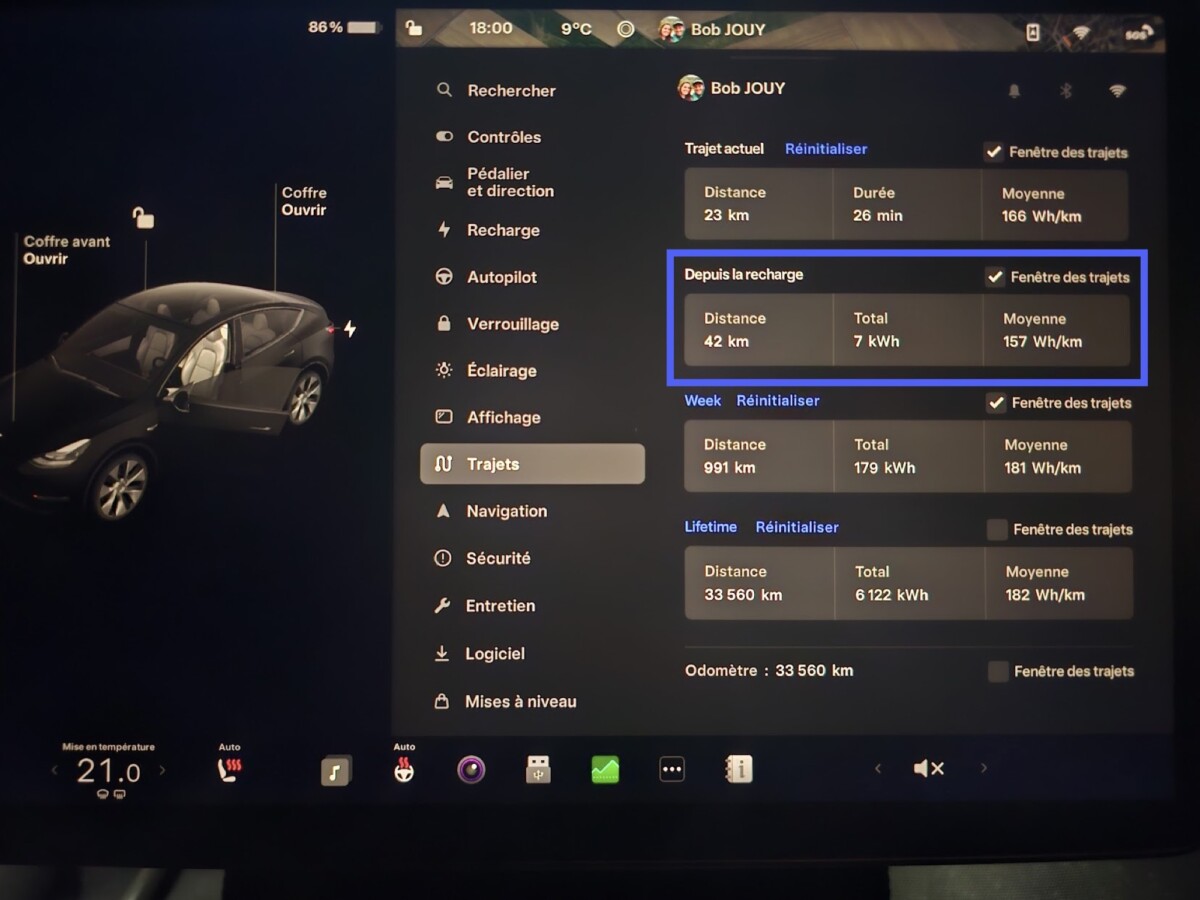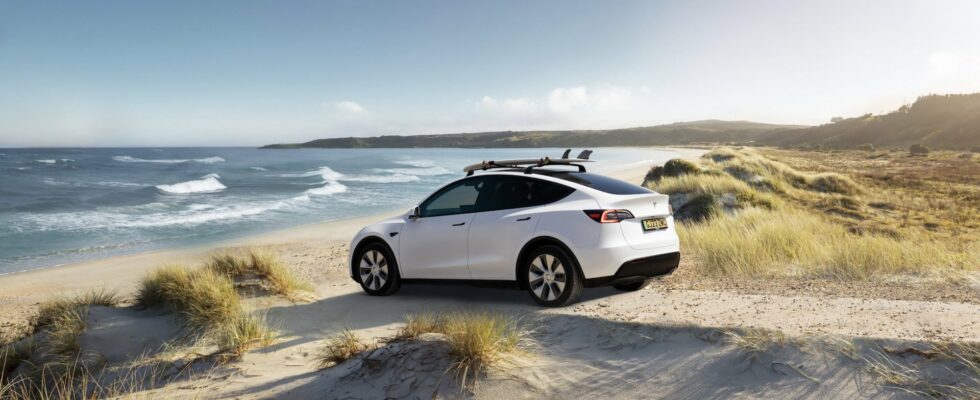Tesla does not do everything like the others, particularly in terms of vehicle consumption. Between vampire consumption, battery level which drops, or addition of kilowatt hours consumed which does not correspond to what we expect, the account is not there. Let’s do a check in.
Tesla announces very respectable WLTP consumption for its electric cars, notably the Model 3 and the Model Y. In this case, with a battery of only 60 kWh for the Propulsion versions, the WLTP autonomy reaches up to 554 kilometers for the Model 3 with 18-inch rims.
To do this, you must therefore consume 108 Wh/km, or less than 11 kWh per 100 kilometers: it is better not to count on this, except in a few very specific circumstances. However, even if the consumption displayed is very low, the account is not there.
There are several reasons for this, and we will try to explain why Tesla is not posting quite the right numbers. In any case, don’t worry: your Tesla battery is probably not defective if you find that you are missing several kilowatt hours at the end of the bill.
WLTP vs. Reality
We have already talked about it in other articles, but WLTP autonomy is not very representative of real conditions. As said above, with a brand new Tesla Model 3 RWD, the WLTP certified range with 19-inch rims is 513 kilometers, and estimated at 554 kilometers with 18-inch rims.
However, the combined WLTP energy consumption put forward by Tesla is 13.2 kWh/100 kilometers as you can check on the manufacturer’s website. But to travel 513 kilometers while consuming a total of 13.2 kWh/100 km, you need a 68 kWh battery, where the Model 3 has one of only 60 kWh.

The 13% more energy comes from losses during recharging, in other words, to fill the Tesla Model 3 with its 60 kWh battery, we will have consumed 68 kWh at the outlet. The problem that is often raised – and which is not specific to Tesla – is thatit is therefore impossible to complete the promised number of WLTP kilometers while scrupulously respecting the announced WLTP consumption on the dashboard.
| WLTP autonomy | WLTP consumption | Actual consumption to achieve WLTP autonomy | Gap | |
|---|---|---|---|---|
| 513 kilometers | 13.2 kWh/100 km | 10.8 kWh/100 km | – 18.2% |
As you can see above, to achieve the WLTP autonomy of the Tesla Model 3, you must consume in practice 18% less than the certified WLTP consumption. But that’s the theory. We will see that even if the on-board computer indicates such consumption, it is not guaranteed to cover as many kilometers as expected.
The consumption displayed does not take everything into account
In addition to those accustomed to thermal cars, owners of electric cars from another brand are often confused during the first weeks in Tesla. Indeed, it is very common not to arrive at an addition that makes sense if we only look at the on-board computer of a Tesla.
Consumption is displayed either in a small window on the left of the screen, or in the “Trips” tab in the vehicle settings. We find several different meters, including two which exist in all cases: the total consumed since recharging, and the consumption of the current journey.
Naively, everyone can imagine that if a 60 kWh battery is 100% full at the end of charging, and the car is currently at 50%, 30 kWh will have been consumed since recharging. That’s true, but that doesn’t mean it will be displayed that way in the car, unfortunately.
First of all, let us remember that 4.5% of the battery pack is hidden under 0% in all Teslas. This means that between 100% and 0%, you will have been able to consume at most only 95.5% of your battery. The 60 kWh we were talking about earlier then becomes 57.3 kWh.
Moreover, any consumption when your Tesla is parked is not taken into account in the on-board computer display. In other words, if with sentinel mode which runs all day, you go from 100% to 90%, the consumption since recharging will not increase. However, you will indeed have lost 10% of battery, or between 5 and 6 kWh which you will not find again when you do the accounts.

Finally, to dispel a preconceived idea that we often find among groups of Tesla owners, let us remember that consumption linked to air conditioning or heating is well recorded when the car is driving. To see this, simply make the same journey with and without heating: the impact will be clearly visible.
A cost of use sometimes doubled
In winter, if you use and abuse the pre-conditioning of the passenger compartment, a series of short journeys will have an extremely high overall consumption. Imagine, if you consume 2 kWh to pre-condition the passenger compartment in the morning, and you drive 15 kilometers at a posted average of 200 Wh/km, the on-board computer of a Tesla will only display 3 kWh consumed (15 km * 200 Wh/km). Gold, 5 kWh in total will have been drawn from the battery since you parked the car, or 67% more.
You understand that by doing this every day, 60 kWh will have been consumed in 12 days, and you will be at 0%, but the car will display a consumption of only 36 kWh. Of course, your battery is not defective to the point of having lost 40% of its capacity, it is simply that the display offered by Tesla lacks transparency.

Likewise, the average consumption displayed at the end of these 12 days will be 150 Wh/km (which corresponds to consumption while driving), but only 180 kilometers will have been traveled with 100% battery (60 kWh): real consumption is therefore 333 Wh/km, more than double. And this is indeed what you will have to pay for electricity if you charge at home, not counting the losses when recharging which could add around 10% to consumption.
In the end, you have a nice average consumption display on your Tesla of 150 Wh/km, which is very respectable – especially in winter -, but in practice, you have a real consumption at the outlet of more than 350 Wh/km. km. In other words, your car’s screen promises you to drive for 3 euros per 100 kilometers, when you end up paying more like 7 euros per 100 kilometers.
Towards more transparency?
For more than a year, Tesla has been offering interesting details in its energy application, which brings together the vehicle’s different consumption items from charging. We can see in particular the impact of the day before, heating or even climatic conditions when we are on the road.
Unfortunately, there is no precise quantification, or way of seeing the actual total consumption of the vehicle as explained above. There could be a second consumption meter which includes all losses during parking, and which would therefore correspond well to the reality of the quantity of energy which has been released from the battery since its recharge.
Tesla, however, knows that his way of doing things allows him to benefit from a very positive displaywhere other brands which are more transparent are unable to have such low consumption displayed on the dashboard.
But between a Tesla Model Y which displays 150 Wh/km on the dashboard and which actually consumes 350 Wh/km at the outlet, and another vehicle which displays 200 Wh/km on the dashboard and which actually consumes 230 Wh /km, who is doing best? In a photo of the central screen, the Tesla looks great, however on the electricity bill, the competitor can sometimes boast of being cheaper to use.
The confusions linked to the consumption displayed by Tesla are part of the discussions that interest enthusiasts, and which are often the subject of videos trying to explain what is happening, such as that of The EV Channel. We see that Tesla hides a lot of additional consumption, especially when the car is parked. When will consumption be closer to reality on the on-board computer?
